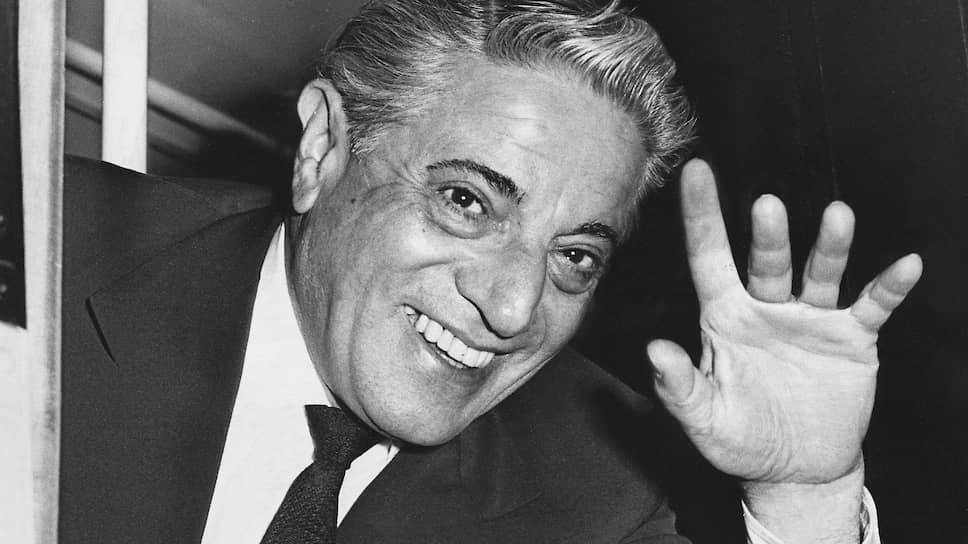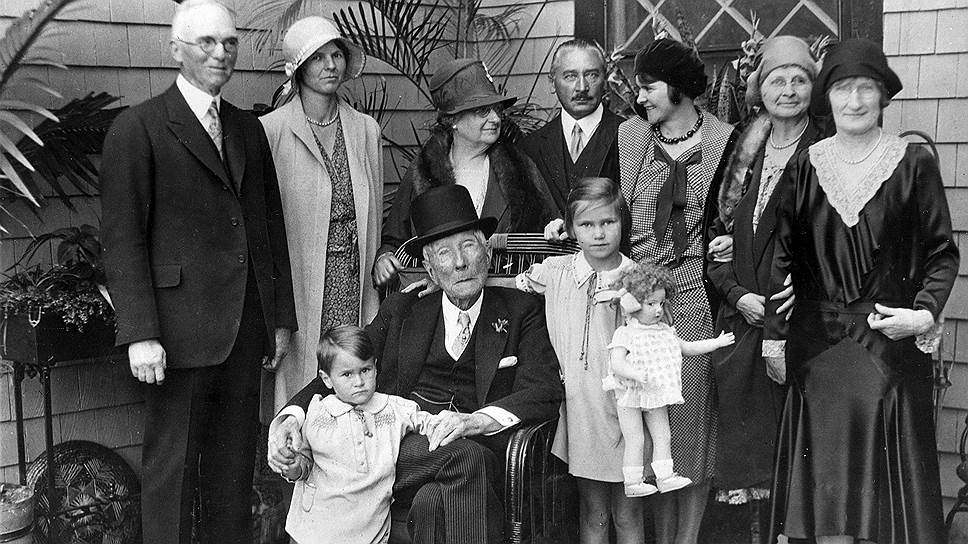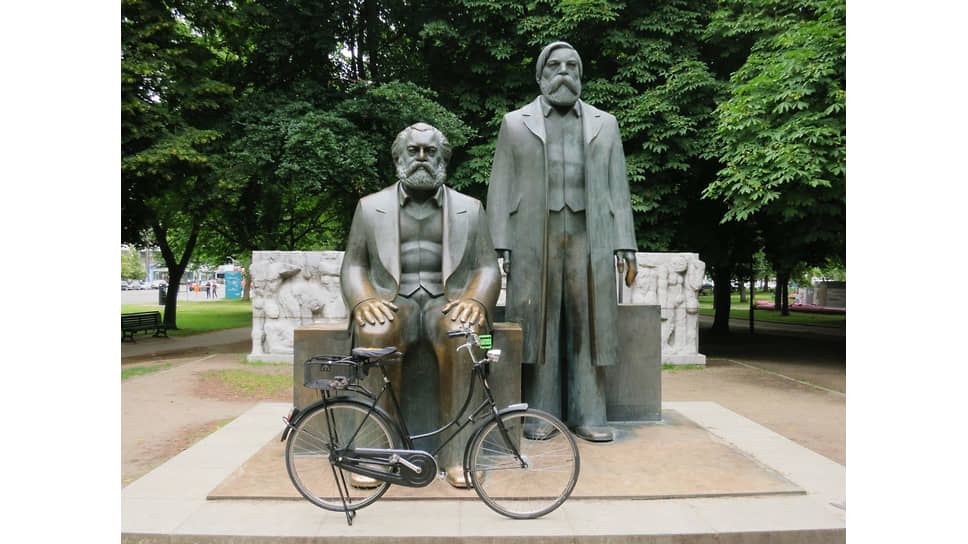Explosive corporation – Business – Kommersant
[ad_1]
This year marks 220 years since DuPont was founded. Its history was influenced not only by the French Revolution, King Louis XVI and the American Civil War, but also by the desire of women for beautiful things, the demand for comfortable dishes, multimillion-dollar lawsuits and the desire for world leadership.
Mix of French and American
The DuPont company, or, as it would be correct to call it, EI du Pont de Nemours & Company, was founded in 1802 by a Frenchman of aristocratic origin, Eléter-Irene Dupont. Born in 1771, Dupont was interested in chemistry from a young age, and especially in that section of it devoted to explosives. At the age of 14, he entered the prestigious Collège de France, and at 16, thanks to the connections of his father, the prominent French economist and politician Pierre-Samuel Dupont, he got the opportunity to study with Antoine Lavoisier, who is considered the founder of modern chemistry. Under the guidance of a scientist, the young Dupont mastered the technology of producing explosives and achieved great skill in the manufacture of gunpowder. After completing his studies, he joined the family business – they had a small publishing house – and got married.
At the beginning of the French Revolution, father and son supported her ideas, and Dupont Sr. was even elected to the national constituent assembly. But when it came to the overthrow of Louis XVI, they were among those who defended the Tuileries Palace from the revolutionaries and then opposed the execution of the king. Due to a serious threat to life in 1800, the Du Ponts decided to leave their homeland and seek their fortune in America.
In a new place, young Dupont quickly realized that the Americans did not know how to make good gunpowder. Therefore, in 1802, with the financial support of his compatriots, he established the EI du Pont de Nemours & Company, headquartered in Wilmington, Delaware, and began building a gunpowder factory. Two years later, the company had no end to orders, because gunpowder was needed in industry, and in mines, and in war. Sales grew, and the sons joined the business (in total, Dupont and his wife had eight children).
When Eléter-Irene died in 1834, he left behind a thriving business. By the end of the 19th century, his factories were producing not only ordinary, but also smokeless gunpowder, nitroglycerin and dynamite. The company became the main supplier of gunpowder for the American army. And just as it was greatly helped in the early days of DuPont by orders related to the Anglo-American War of 1812-1815, so in the middle of the 19th century it benefited greatly from the supply of gunpowder for the army during the American Civil War in 1861-1865. Almost half of all the gunpowder that was used by the Northern army in this war was produced at DuPont factories.
Revolutionary XX century
Until the end of the 19th century, DuPont operated as a private partnership, and in 1899 it was decided to turn it into a corporation. The head of the new type of company was the grandson of Eléter-Irene, Eugene Dupont, who, like many of the dynasty, inherited an interest in chemistry and explosives. During his life, he patented several inventions, including a new type of gunpowder, created a company for the production of dynamite, which he later merged with DuPont.
At the head of the new corporation, he did not stay long – in 1902, Eugene Dupont died. Under cousins Alfred Dupont, Pierre Samuel Dupont and Thomas Coleman Dupont, the family business flourished and grew even more. DuPont acquired 54 other companies, smaller manufacturers of various types of gunpowder, by 1905 controlled 75% of the US gunpowder market, expanded its product range, acquired scientific laboratories and engaged in large-scale research, becoming one of the largest American corporations.
Having turned into a virtual monopolist in the market, the company attracted the attention of the authorities. In 1907, an antitrust investigation was launched against DuPont, which lasted five years.
As a result, the company was ordered to sell a significant part of the assets associated with the production of gunpowder. This period for the company was further complicated by an internal conflict: the cousins quarreled, the case went to court between Pierre and Alfred Dupont. As a result, the lawsuit was won by Pierre, with whom DuPont set off on a further voyage.
A new war – this time the First World War – again helped the faltering business of DuPont. By that time, the greatly expanded assortment of the company already had a lot of not only different types of explosives, but also peaceful chemical and household products, textiles, cellulose, paints, acids, dyes, varnishes, fuel additives, etc.
Enterprising Pierre saw broad prospects for DuPont in the rapid development of the American automobile industry. In 1914, he began to buy shares in General Motors and already in 1915 became one of the members of the board of directors of this company. By 1920, Pierre Samuel Dupont’s share and influence had grown so much that he became president of General Motors, and DuPont became a major supplier of Duco automotive paint to GM, as well as antifreeze and fuel additives.
Several chemical and textile companies acquired by DuPont, as well as its own scientific laboratories, helped launch existing types of synthetic polymers and develop new ones. Almost every time it started making something, DuPont quickly became the largest supplier of that product, while maintaining its explosive nature.
So, in the 1920s, DuPont acquired a patent in France for the production of cellophane and in 1924 built the first plant in the United States for the production of this revolutionary material. It was expected to be in high demand as a packaging material. However, it turned out that cellophane, although waterproof, lets water vapor through, which is why it could not be used for packaging a number of products.
DuPont management brought in leading experts to solve the problem, and they found a way – in combination with nitrocellulose varnish, cellophane became waterproof. Demand for the product skyrocketed: sales of the improved cellophane tripled in the first three years, and by 1938 they accounted for 10% of all DuPont sales and accounted for 25% of the corporation’s profits.
In addition, in the same 20s, the company began to produce viscose fiber, which, like cellophane, is obtained by processing natural cellulose. Based on these materials, DuPont has developed a new, stronger fiber for car tires.
In the long list of DuPont inventions of the last century is nylon, which was in huge demand given the wide range of products that could be made from it. And last but not least – nylon tights, the dream of millions of women in the world in the 20th century.
Another highly sought-after invention is neoprene, a waterproof and elastic material that has been used to make wetsuits, protective cases, cable sheaths, and the like.
The company also produced plexiglass (under the commercial name Lucite), synthetic fiber nitron (Orlon), thermoplastic (PET, Dacron), polyurethane Lycra yarns, Kevlar fiber used in the production of cables, brake pads, armor, yarn, Tyvek material for construction and textile industry, dozens of other brands, and Teflon, which first shocked the world, and then thoroughly shocked DuPont itself.
New capitalism
As the company grew, its structure and approaches to management changed. If until 1940 the leadership of DuPont consisted exclusively of representatives of the DuPont dynasty, then after the Second World War and especially in the 1960s and 1970s, against the backdrop of increased competition from foreign companies, more and more people from the outside appeared in DuPont.
Another difficult period in the history of the company fell on the 70s, when the demand for existing synthetic fibers began to cool, raw materials rose in price, orders fell. The problem was solved through the development of new synthetic polymers, the purchase in 1981 of the oil company Conoco, which provided DuPont with the oil necessary for the production of many types of products, and also by entering new areas for it, for example, in pharmacology, genetic engineering, agriculture , electronics and others through the purchase of specialized companies. Thanks to this “reproduction”, DuPont coped with the period of stagnation, and by the mid-80s, about 90 companies of various profiles were working under its roof.
The crisis of the 70s was not the last for DuPont. They arose with enviable regularity, almost every ten years. To maintain the status of one of the largest companies in the world, it had to constantly either sell less profitable divisions, or buy new structures that were promising at that time, optimize the staff, conduct continuous research work, and endlessly sue the authorities and consumers.
Many developments in the chemical industry, initially recognized as revolutionary, later turned out to be not so effective, and some even dangerous to human health and the environment. DuPont Corporation, as a very large developer and manufacturer of such products, and even as a company that positioned itself as a center of scientific thought and caring for the environment, was constantly under the gun of regulators and the public, and constantly acted as a defendant. There were trials over GMOs, the herbicide Imprelis, and trials over what turned out to be ozone-destroying chlorofluorocarbons (CFCs) used as refrigerants in refrigerators and propellants in aerosol cans.
One of the longest and loudest was the “Teflon” process. Lawsuits on it began to be filed in 1998. And in 2001, a class-action lawsuit was filed on behalf of residents of communities located near DuPont factories in West Virginia and Ohio.
The plaintiffs accused the company of causing perfluorooctanoic acid (PFOA or C8), a poisonous substance it uses to manufacture Teflon products, to enter rivers from factories, contaminating drinking water, causing a sharp increase in the number of cancers in these areas.
Studies have confirmed a possible link between C8 and the development of various types of cancer. Lawyers for the plaintiffs spoke of the threat to life and health for tens of thousands of Americans. Experts predicted that DuPont would cost at least $1 billion to settle these claims. But the company managed to get by with the $671 million it paid in 2017 after all those years of litigation. The process turned out to be so exciting that in 2019 the film Dark Waters directed by Todd Haynes, starring Mark Ruffalo and Anne Hathaway, was released, telling about this legal battle.
The end of the lawsuit also coincided with the end of the history of EI du Pont de Nemours & Company itself, in the form in which it had come to this stage in almost 220 years of existence. In 2015, it announced a merger with Dow Chemical, which was completed in 2017. At that time, the largest chemical company DowDuPont was formed in the world. But this was only an intermediate stage. In 2019, DowDuPont split into three public companies, each with its own profile: Corteva, Dow, and DuPont. And this new-old DuPont is no longer as explosive as its predecessor. In addition, the DuPonts are no longer at the head of the company. The new company specializes in the completely peaceful production of products for a healthy lifestyle and special nutrition, electronics and communications, biotechnology and other scientific developments.
[ad_2]
Source link








